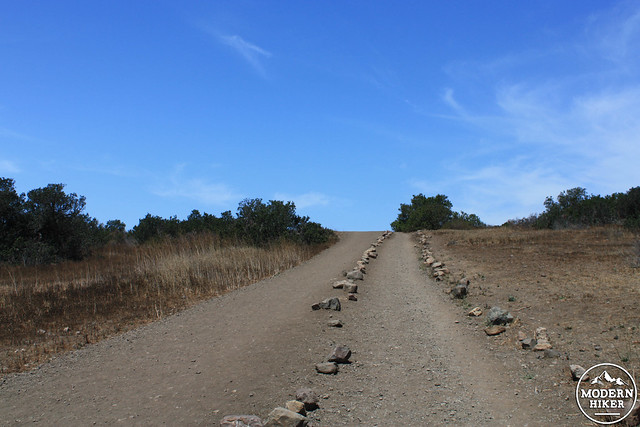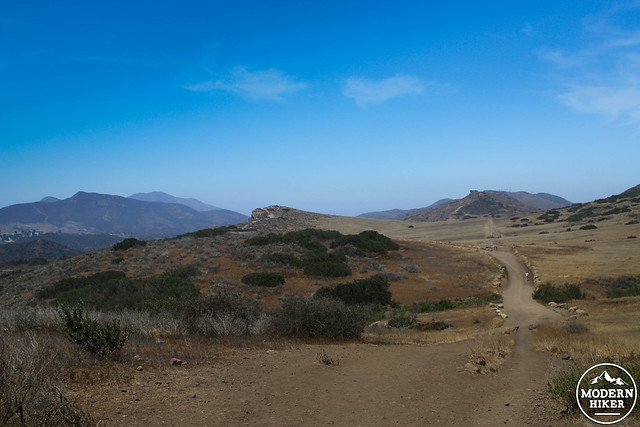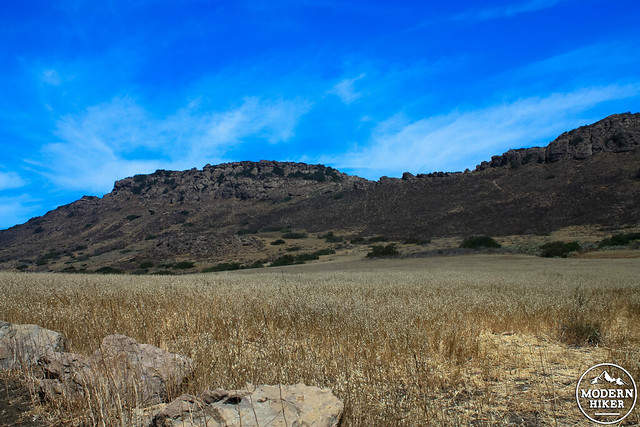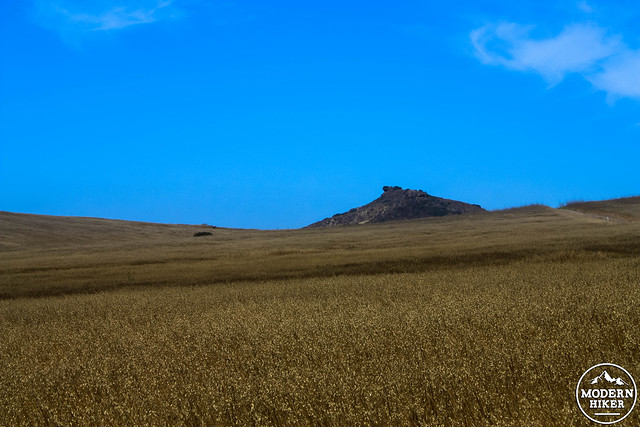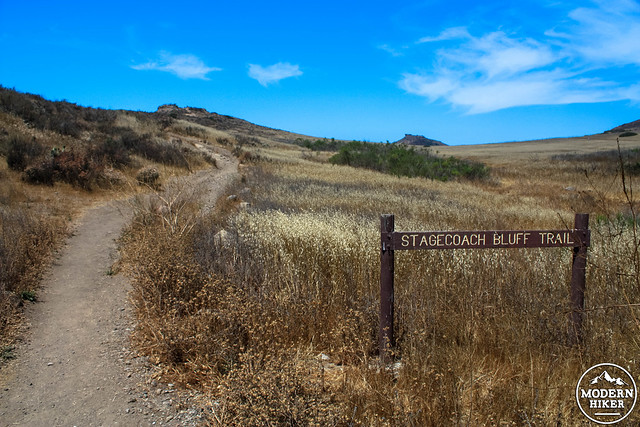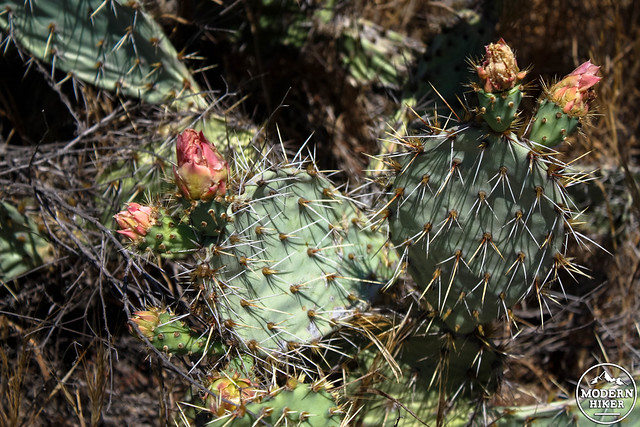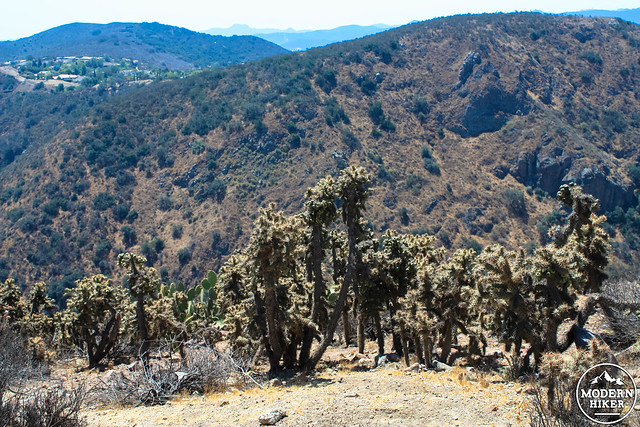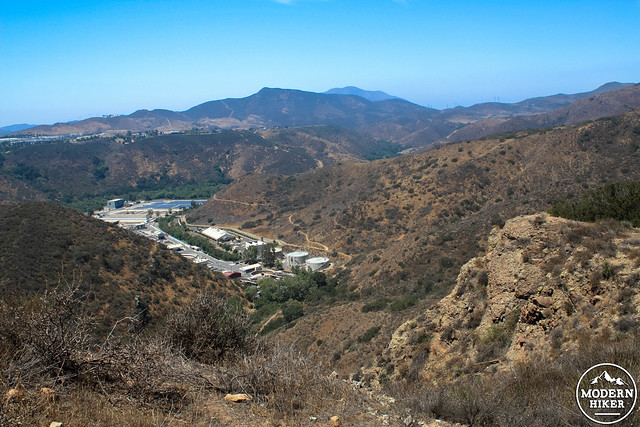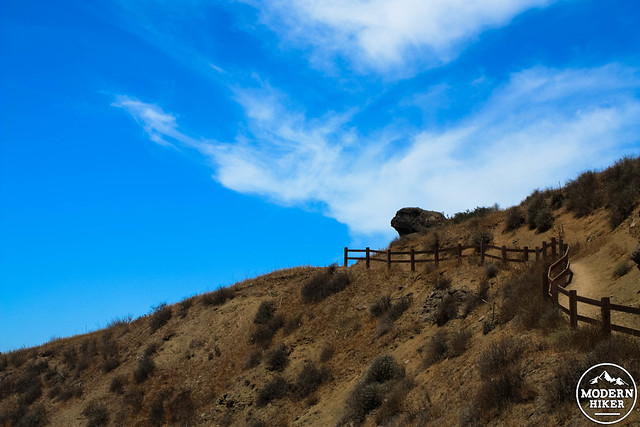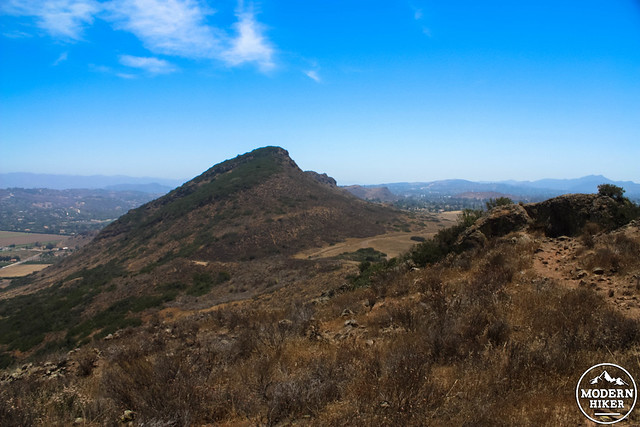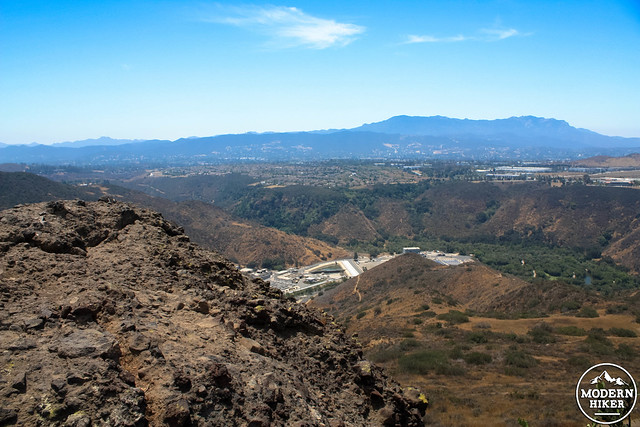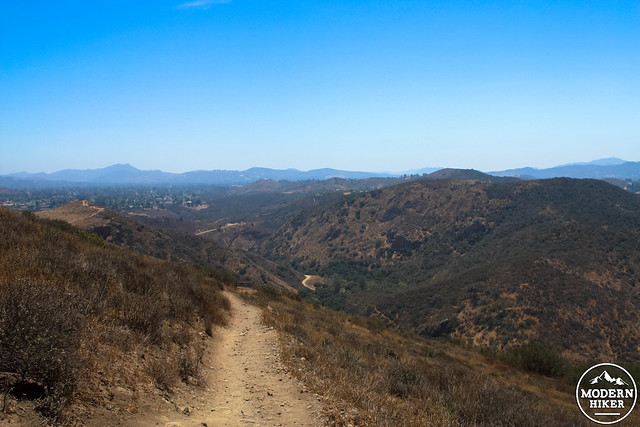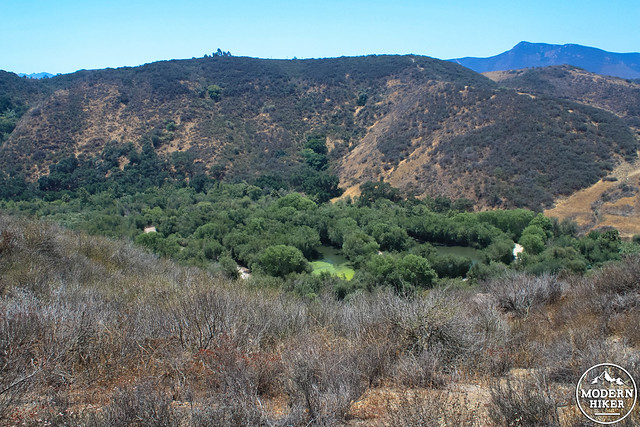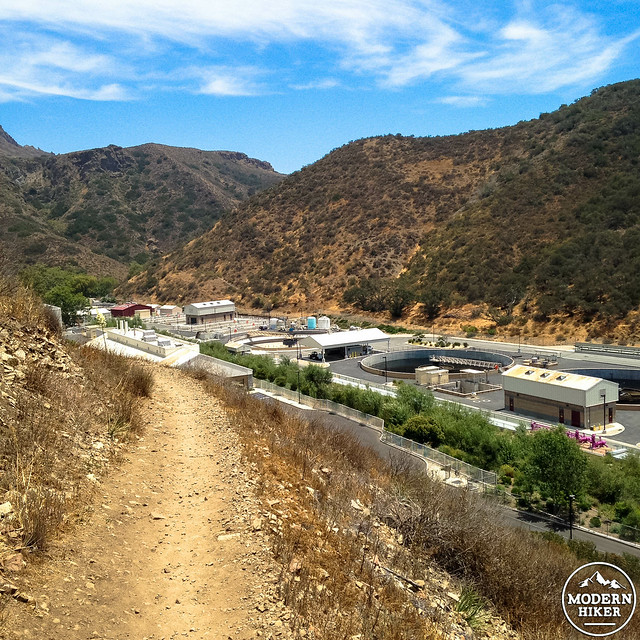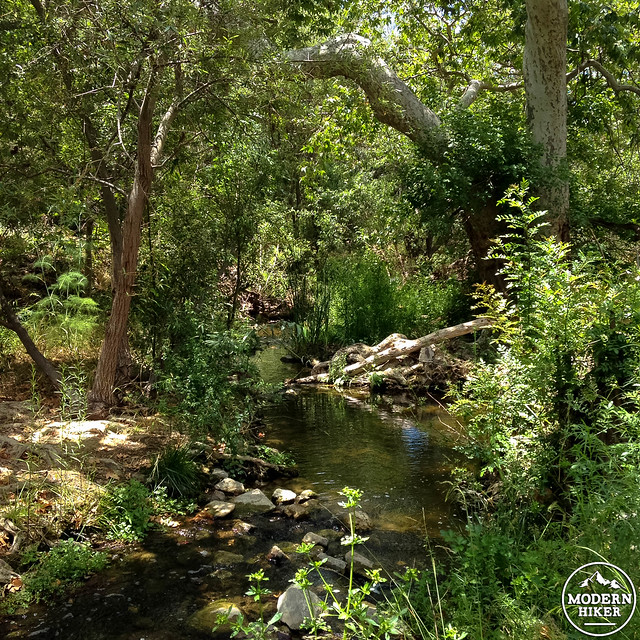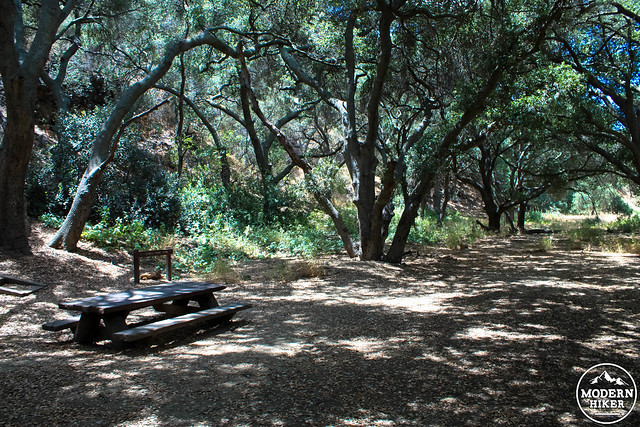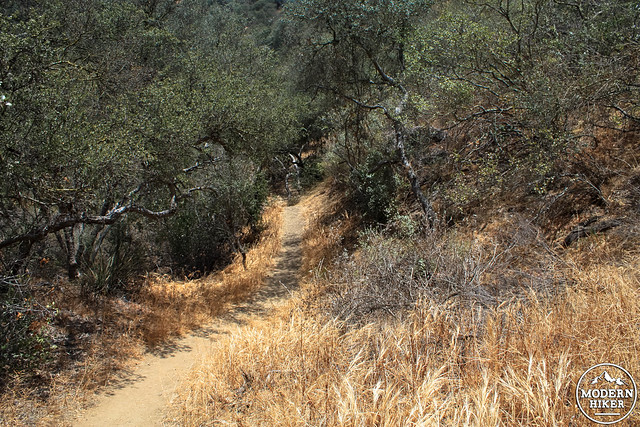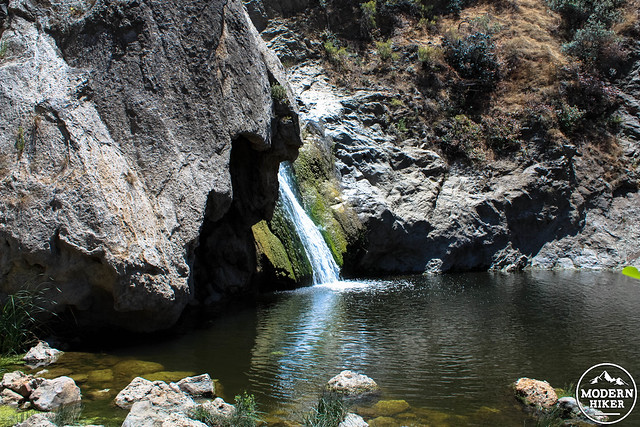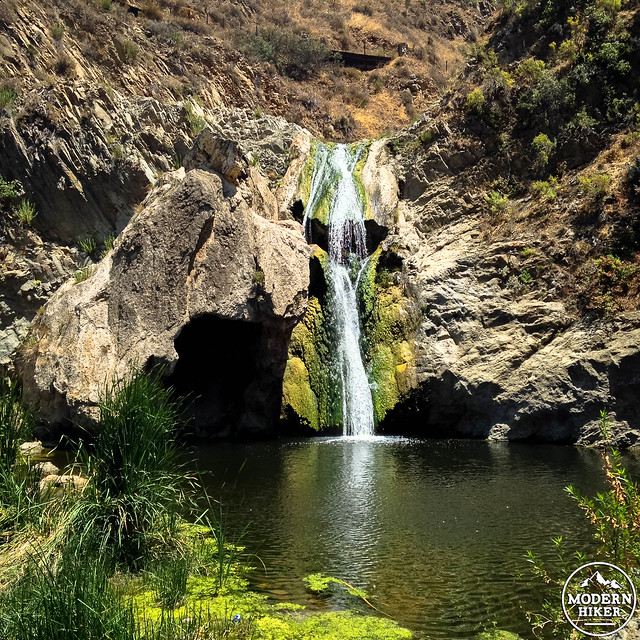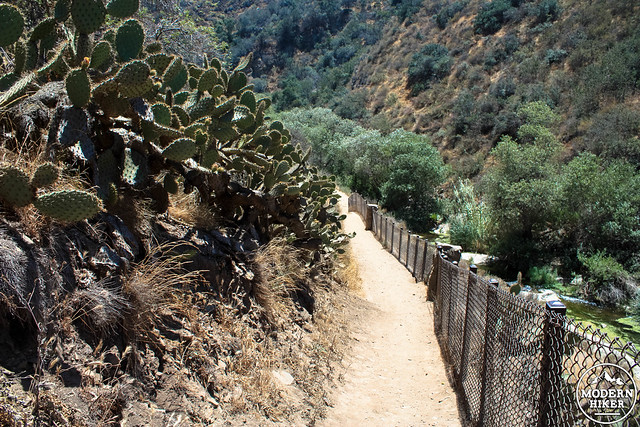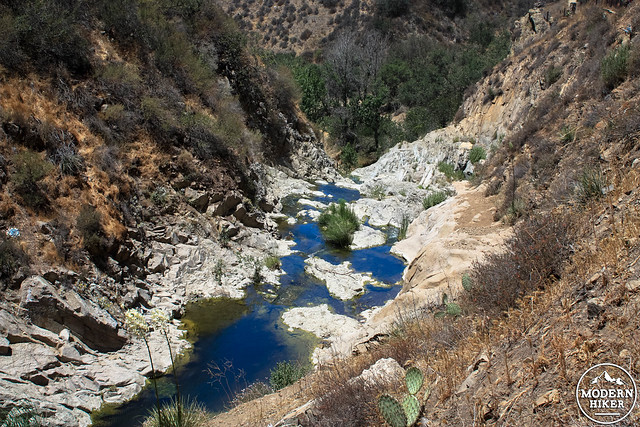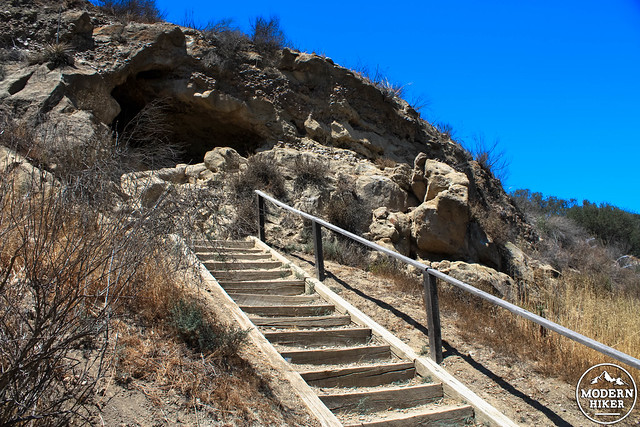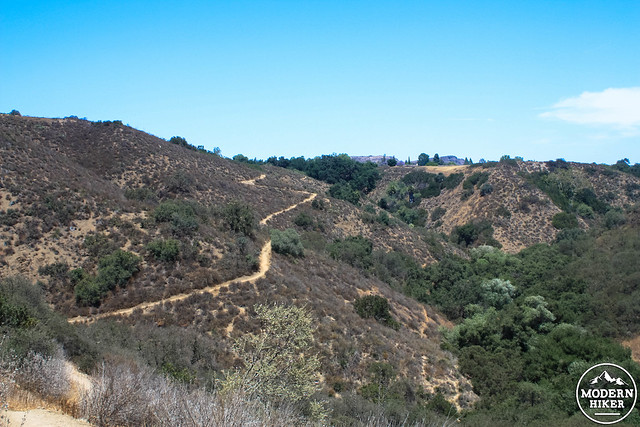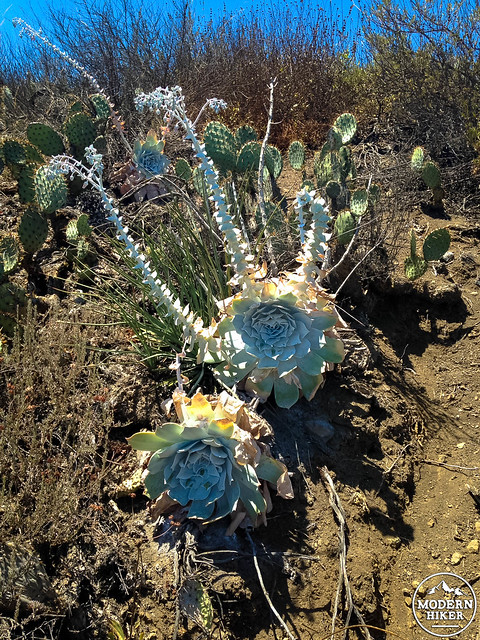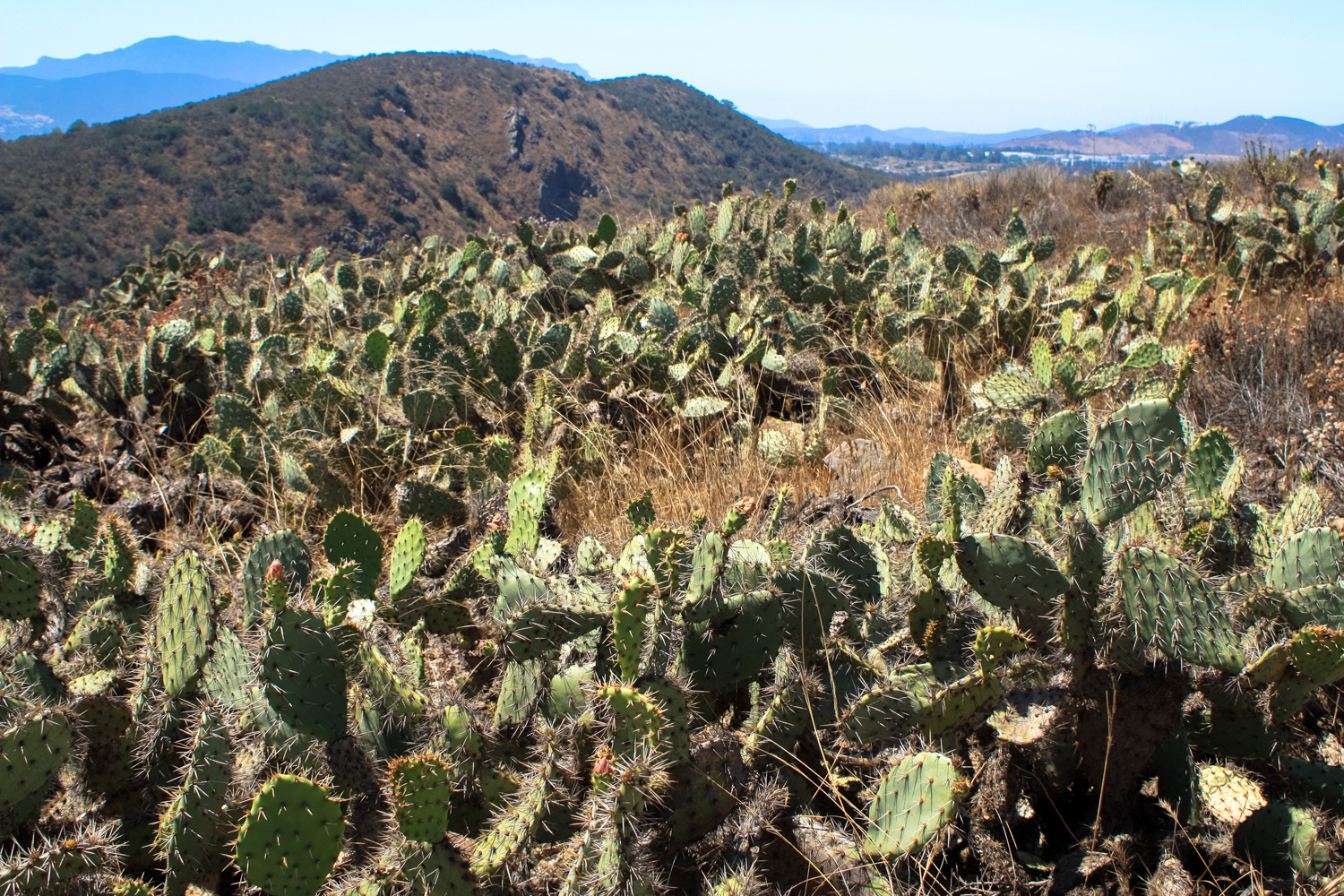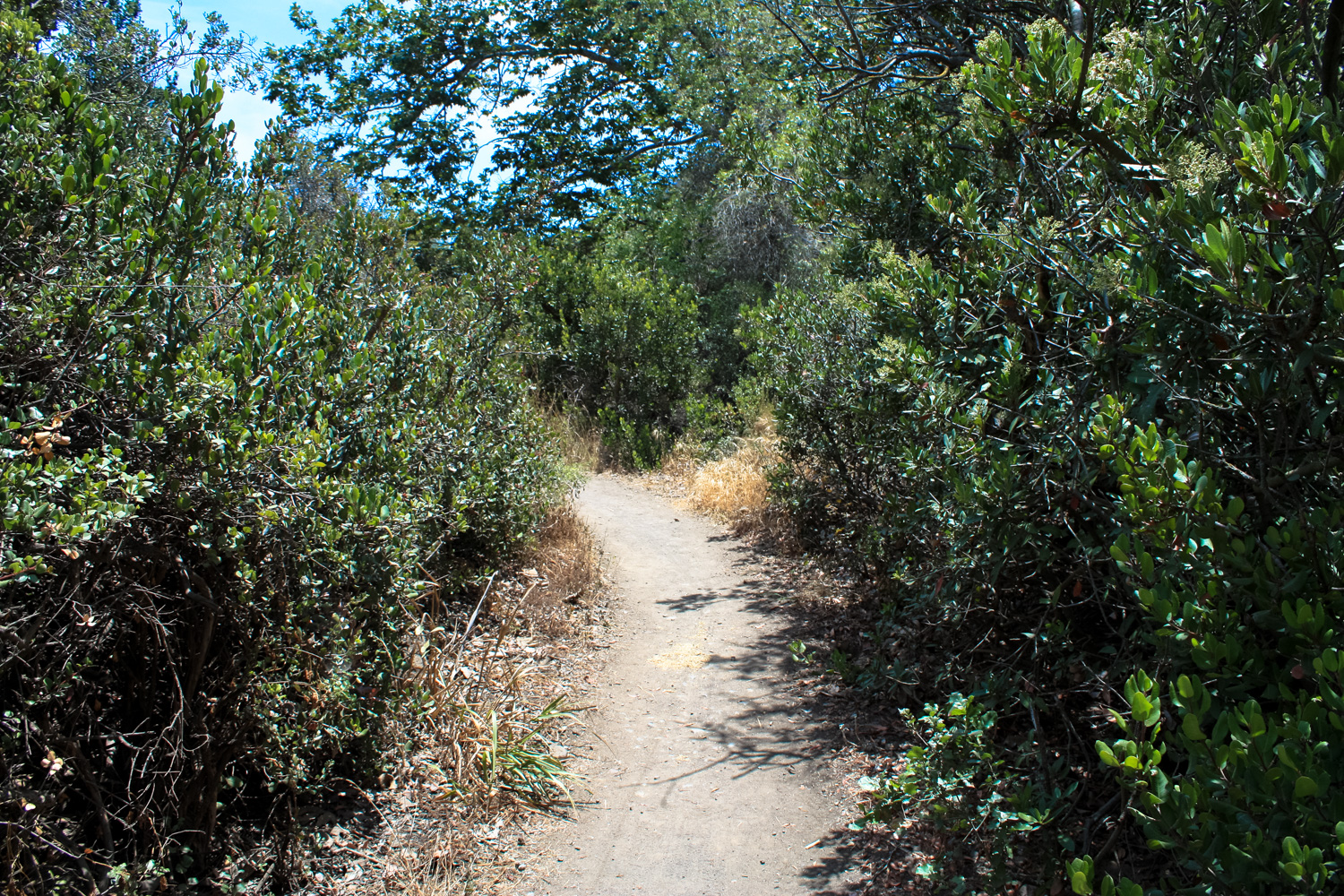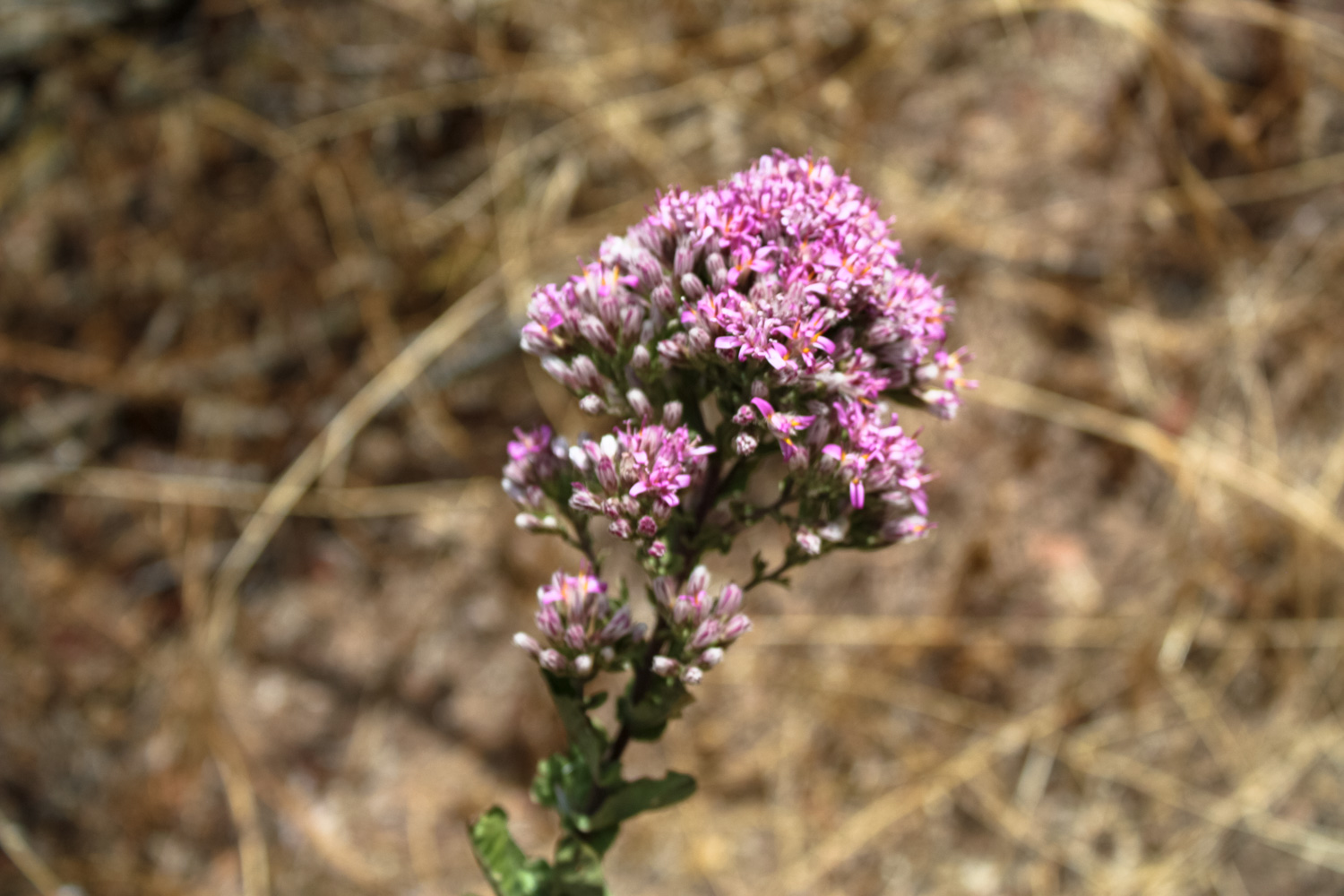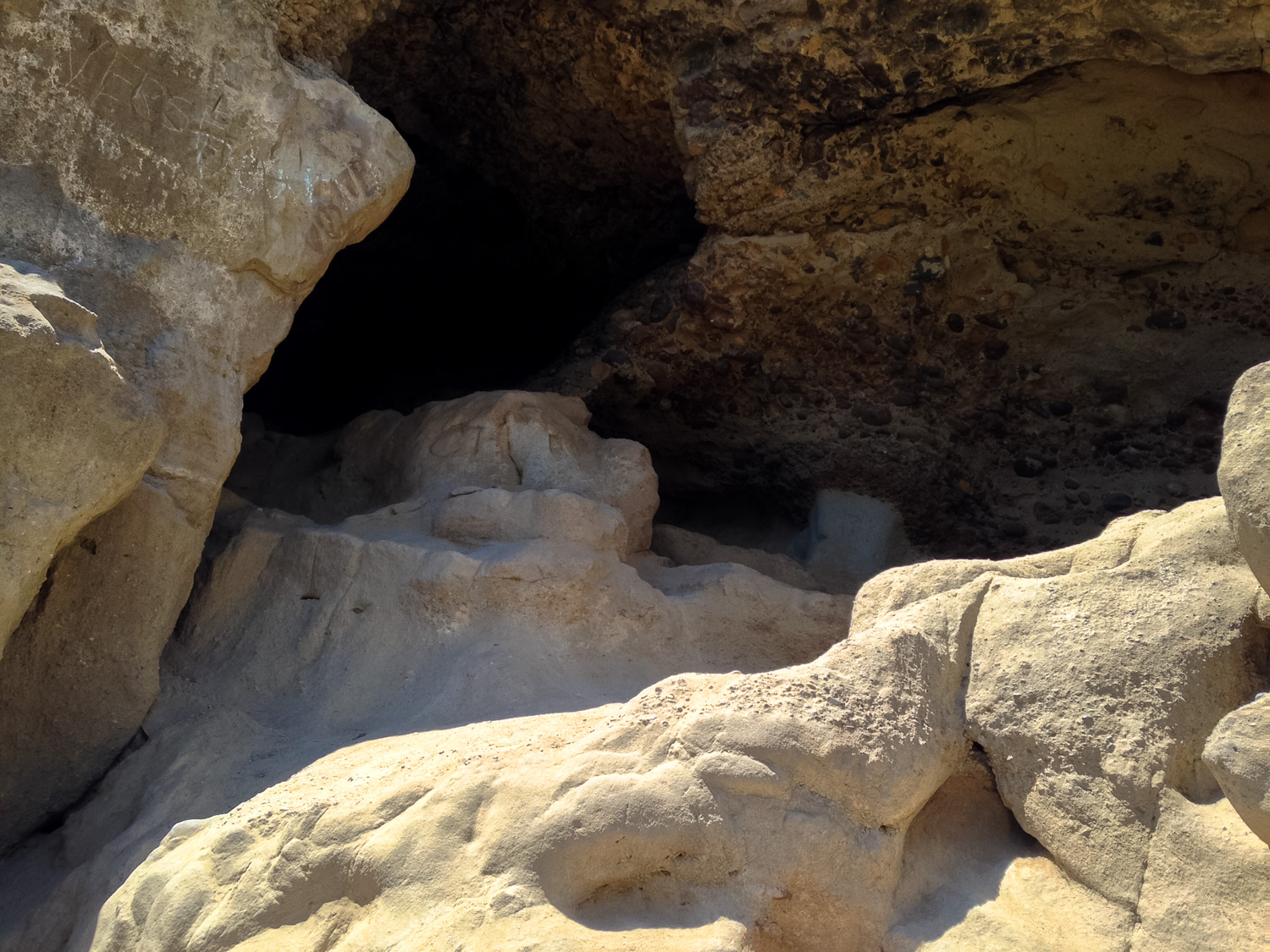Wildwood Regional Park in Thousand Oaks packs a shockingly diverse landscape into its 1,765 acres. There are sweeping grasslands, prominent ridges and peaks like Lizard Rock, the beautiful year-round Paradise Falls and its oak and sycamore-lined riparian canyon, and even some unusual eroded rock formations like Indian Cave. The park is home to seven different plant communities and more than 250 species of plants, 60 species of birds, 37 species of mammals, and 22 species of amphibians and reptiles. Without hyperbole, this is one of the most fascinating regional parks in the L.A. area.
There are many entrances to the park, but this loop of highlights begins at the large dirt lot at the end of Avenieda de los Arboles. Parking is free and, although limited, is pretty generous for a park so close to an urban environment. Fill up on water at the fountain and look for the trailhead on the western edge of the parking area, where you’ll see an informational board with park rules and a large map. Head west on the straight-shot Mesa Trail, which rises over a low hill before providing some truly stunning views of the park itself. In fact, one of the best parts about Wildwood Park is that you really have no idea how beautiful it is until you’re already hiking in it. You can’t see a whole lot from the trailhead, but in just a quarter-mile on the Mesa Trail you’ll have a commanding panorama of the Mountclef Ridge on your right, Lizard Rock straight ahead of you, and the intriguing drop-off of the home canyon of the Arroyo Conejo.
Stay straight on the Mesa Trail for just under 0.4 miles, ignoring the dirt roads to your left and the Santa Rosa Trail to your right. At this point, the Mesa Trail continues in a bee-line to Lizard Rock, so if you’re short on time or just want to stand atop that rocky outcropping continue straight and the Mesa Trail meets the Lizard Rock Trail in just over another mile. If you’d like to sample more of the varied terrain Wildwood Park has to offer, take a left instead for a short trip south on the Tepee Trail, then head west on the Stagecoach Bluff Trail in 0.15 miles.
This rugged, rocky trail is quite a contrast with the wide, smooth fire roads you’ve been on so far. The plant communities are different, too – gone are the grasses along the roads, replaced by tenacious prickly pears and chollas (!) and, OK, still a few tough grasses, too.
From here, you’ll also have some nice views of the canyon to your south, which is home to the North Fork of the Arroyo Conejo. You should be able to spot the riparian corridor and some of the water below, along with a large tepee structure that serves as a vista point.
Continue heading west along the ridge past a small but dense cholla patch, and you’ll be able to see the Hill Canyon Wastewater Treatment Plant tucked into the canyon floor. This Treatment Plant is a state-of-the-art, eco-friendly facility that runs entirely on locally generated renewable energy. The plant also maintains a sizable area of wetlands just downstream from its facilities. If you are interested, you can also take a free tour of the plant by making a reservation ahead of time. How’s THAT for a unique hiking experience?
Ignore the use-trails heading through the meadows and at 1.2 miles, stay to the far left to continue hiking toward Lizard Rock. The trail begins a noticeably steeper incline here as it winds around the southern face of Lizard Rock.
For the easiest ascent to the Rock itself, look for a well-worn use trail at 1.4 miles. This makes a quick scramble to the top of the ridge and heads west on a very clear unmaintained trail. From here, you’ll have some commanding views of the park, from its towering ridges to its deep canyon. You’ll also be able to see the Santa Monica Mountains in Point Mugu State Park / Rancho Sierra Vista to the south. Altogether, they’re some of the most gorgeous views in the region.
And guess what? You’ve only just scratched the surface of Wildwood Park!
From here, backtrack the way you came or stay on the Mesa Trail if you want to head back to the trailhead. If you’re game for more of the Park, scramble back down to the Lizard Rock Trail at the west end of Lizard Rock (about 1.5 miles) and head south. The trail makes a meandering descent to the Hill Canyon Water Treatment Facility on a route that offers up some more beautiful views of the canyon (and the Facility’s wetlands), but isn’t quite as interesting as the trails you’ve hiked so far.
Be sure to be aware of mountain bikers who are coming down the trail behind you on this stretch – there are some blind corners and steep descents.
At 2.4 miles, the trail basically runs on the western edge of the Facility’s property and you’ll be able to get some views inside if you’re so inclined.
By 2.7 miles, the trail passes the Facility and enters the dense riparian canyon that houses the Arroyo Conejo’s North Fork. This year-round stream is fed by urban runoff and while it’s not recommended to swim or play in the water, the canyon is significantly cooler due to the very happy vegetation and is a great place to escape when the thermometer starts to rise in the summer.
You have two options here: you can stay on the wide Wildwood Canyon Trail and continue east along the bottom of the canyon, or you can hop the arroyo at 2.8 miles to stop at the gorgeous Skunk Hollow picnic area and tackle the extra elevation and challenge of the Eagle Point Trail. Along the arroyo, be sure to keep your eye out for poison oak – because it’s here in abundance.
From the Skunk Hollow picnic area, look for a set of stairs leaving from the southeastern edge and start your climb – second in difficulty only to the stretch heading up to Lizard Rock. The trail here doesn’t seem to be nearly as well-traveled as the main routes, so be prepared for overgrown stretches and very loose gravel as the trail rises and falls along the canyon’s meandering walls.
After a steep and slippery drop, the Eagle Point Trail rejoins the canyon floor at the Oak Grove picnic area. If you need them, restrooms and water are available at the nearby Wildwood Canyon picnic area, about 0.11 miles to the west of Oak Grove on the Wildwood Canyon Trail. Otherwise, continue east, crossing the arroyo on a few wooden planks and passing the Sycamore Flats picnic area on your left at 3.3 miles.
At 3.5 miles, you’ll reach the Paradise Falls picnic area, where a short staircase will lead you down to the pool of water at its base.
The views of the falls aren’t that great from here unless you make it to a large stone area directly across the from the base of the falls. You can either head down the canyon a bit to boulder-and-log hop across, or if the water isn’t too high you can just walk across with some waterproof boots.
Despite the prominent signs warning of the dangers of swimming in urban runoff and signs forbidding climbing on the rocks near the falls, there were several people doing both when I arrived. If you choose to do either, you’re doing it at your own risk – and those risks include falling, nasty rashes, and getting caught by rangers – which happened to the climbers I saw as I was making my way out.
When you’re done, climb back up to the Wildwood Canyon Trail and continue east as the trail rises above the falls and hugs a narrow cliff above the arroyo (a fence helps calm the nerves of more height-anxious hikers).
At 3.8 miles, stay straight at the four-way junction, ignoring the Tepee Trail and Lynnmere Trail to start heading toward the Nature Center. At 4 miles, stay straight to head toward Indian Cave, a tiny eroded section of rock that nonetheless provides a bit of fun for young scramblers (and young-at-heart scramblers).
A narrow but well-worn use trail next to the cave’s entrance will take you up to the hikers-only Moonridge Trail just above it. This trail will take you back to the trailhead, passing through some truly exquisite specimens of Dudleya succulents along the way.
Tags: lizard rock, paradise falls, Simi Hills, tepee viewpoint, Thousand Oaks, transit accessible, wildflowers, wildwood park


